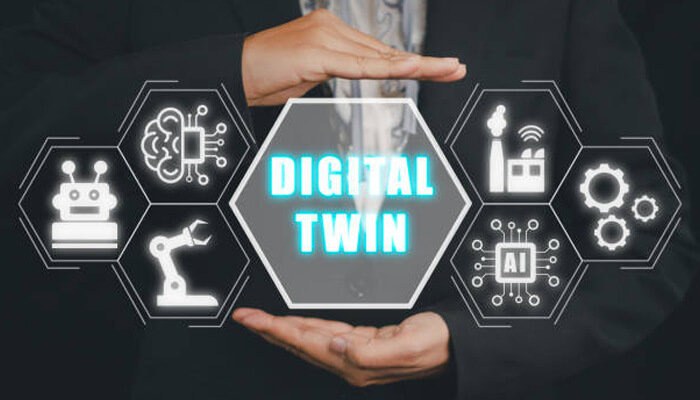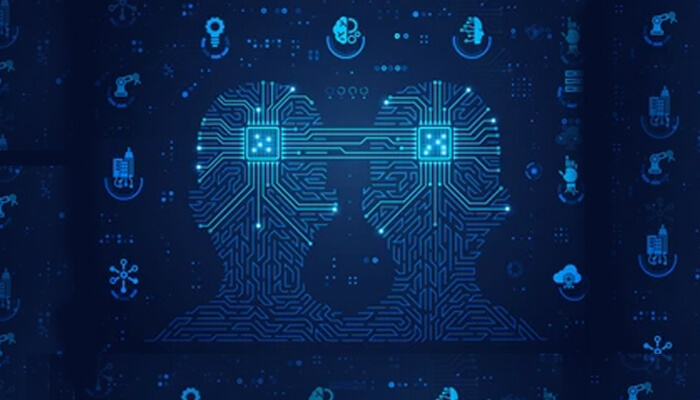Digital Twins technology is increasing in manufacturing and gaining attention. It can drive intelligence. The combination of machine learning algorithms and simulation software is evolving a new landscape in manufacturing.
Digital twin technology in manufacturing creates a replica virtually and connects physical assets. It offers the manufacturers real-time insights required for quick production and helps them make decisions. The fact associated with physical product delay is due to materials, labor, hardware, etc.
Achieving these capabilities is not easy, and there is a need to overcome the obstacles in adopting Digital Twins technology.
Eight Steps to Overcoming Challenges and Adopting Digital Twins Technology
Collaboration of projects and data
The technology of Digital Twins should collaborate with other projects. Collaborating effectively helps connect it with various contexts. It is beyond imagination to anticipate the simulation of data types, analysis, and simulation of models to support a design. The digital twin introduction as a design and accepting the physical counterpart’s service life takes time.
3D printing and geometry communicate visually with the digital twin. However, the need is to enrich with sufficient information to analyze data and perform simulations, as per the geometric model. Additional information recommends using data and allowing access through different sources.
Accurate physical properties
The twin technology helps model relationships between simple and complex objects. Simple objects such as buildings, airplanes, vehicles, or humans, and complex objects are stores, irrigation systems, cities, shopping processes, and more.
Capturing physical properties accurately and simulating their behaviors, helps adjust the marketing campaign’s scale to a great extent and overcome future challenges in manufacturing.
Conflict resolution and detection
Detecting and reacting in a real-time environment to its changes needs addressing. Identifying and resolving the difference between digital transformations in execution is a must to ascertain accurate and consistent communications. Only then, the digital twins’ viable lives increase. The digital twin technology accumulates and evolves with historical data, including simulation data, geometric models, and IoT (Internet of Things).
The risk with a digital twin is in locking with authoring tools. Therefore, it is a must to increase the digital twin’s viable life by setting a goal. It will help the owners of digital twin technology in the long-term evolution of data storage and formats.
Real-time automatic updation
Real-time functionality changes and alterations help in physical and digital transformations. It takes human users to communicate with digital twins or virtual objects in an immersive manner. However, digital twins support technology for virtual reality. Digital twins ascertain the life cycles with long access.
Digital twins featuring aircraft, buildings, factories, ships, industrial machinery, and truck need long life cycles. These digital twins’ life cycles extend beyond the proprietary design software. The 3D printing design as a format is to store data, and the proprietary design software is at a risk at some point. There is a possibility of it becoming unreadable during service life. Hence real-time automatic updation is the right path to overcome the challenges.
Involve product value chain
Alleviating key challenges in adopting digital twins technology is essential. The key supply chain lacks supply chain visibility and cross-functional collaboration. The twin investments should become a value chain to enable asset stakeholders and products to rule over others.
The digital twin technology should manage and govern industrial machinery and the supply chain across buildings and facilities in holistic and structured ways. Participating in the efforts of digital twins enables participating in the value chain and supports marketing campaigns. However, recent features such as sensing ability, persistent semantics, and real-time responsiveness are to overcome the challenges of digital twins.



